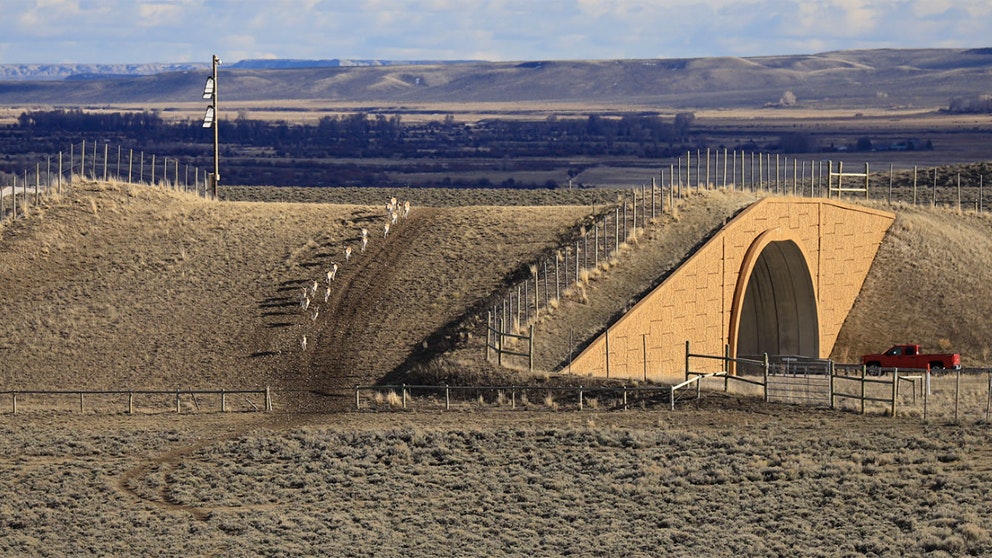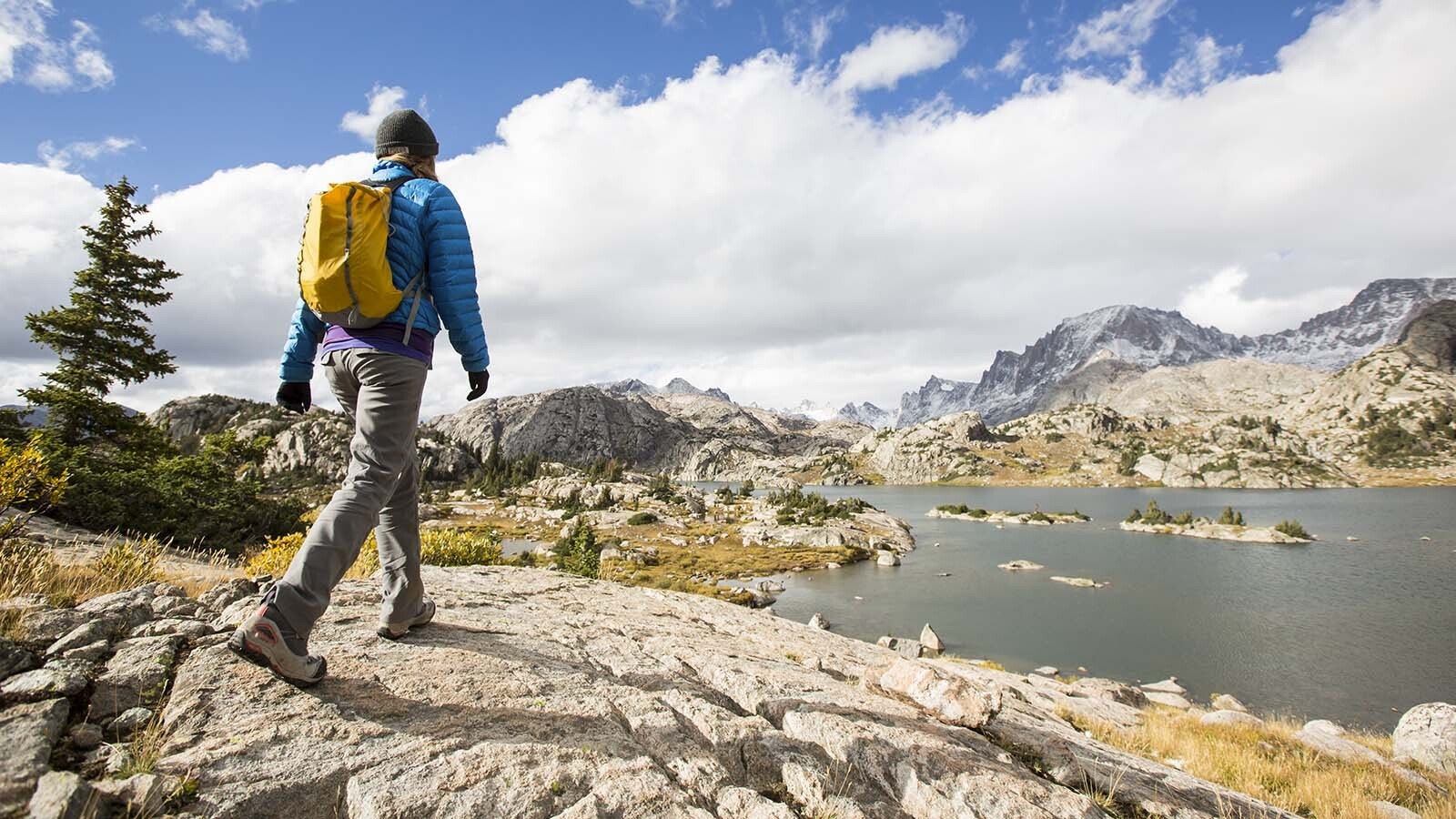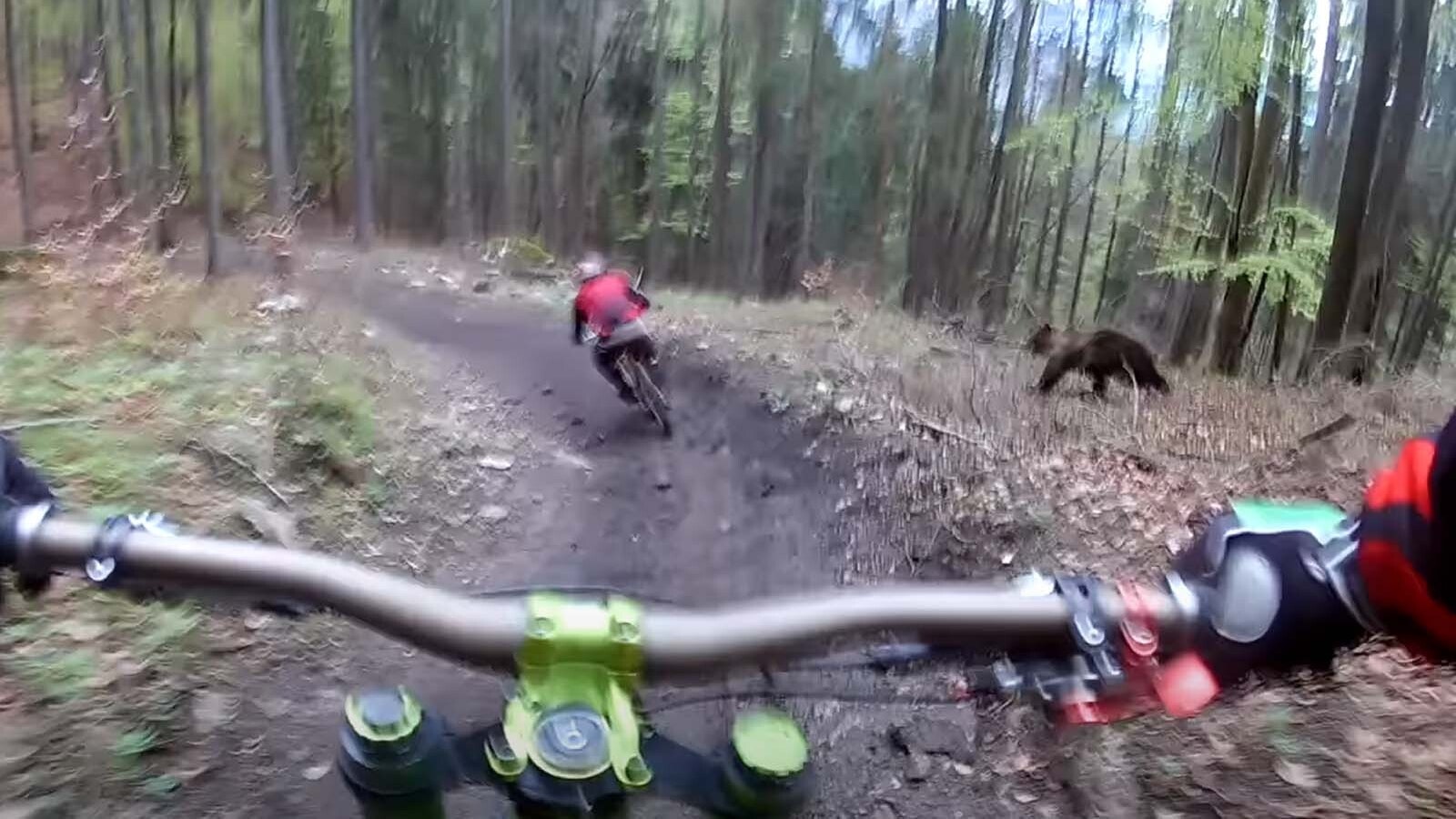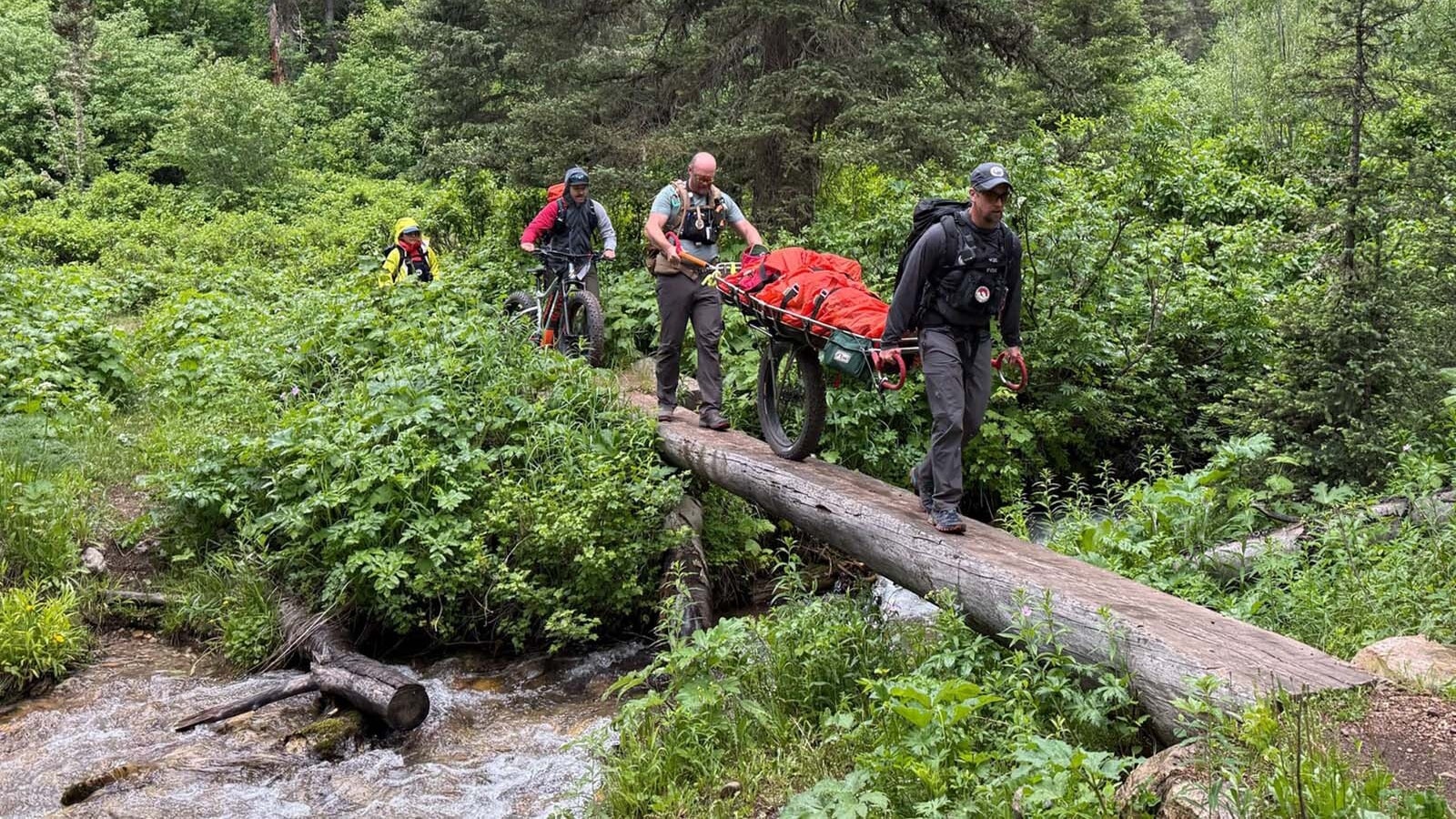Everything from mighty bull elk to fluffy bunnies have been saved from possibly becoming roadkill along a treacherous stretch of Colorado highway, proving the effectiveness of a wildlife crossing that’s similar to projects planned in Wyoming.
“Species caught on camera (using the crossing) include mule deer, elk, red fox, gray fox, coyote, mountain lion, cottontail rabbit and snowshoe hare,” John Livingston, spokesman for the southwest region of the Colorado Parks and Wildlife Department, told Cowboy State Daily.
A combination overpass/underpass for critters was completed this past summer along a stretch of U.S. Highway 160 between Durango and Pagosa Springs.
There are similar projects planned in Wyoming, including the proposed Halleck Ridge wildlife overpass along Interstate 80 near Elk Mountain in an area that mule deer frequently traverse as they migrate back and forth between summer and winter ranges.
Similarly, the stretch of U.S. 160 in Colorado where the wildlife crossing was built was particularly bad because the highway there cuts through elk and mule deer migration routes, according to the Rocky Mountain Elk Foundation.

Overpass More Popular With Elk, Deer
Just counting the number of big game animals caught on camera, the crossing kept 1,334 mule deer and 603 elk off the highway during this season’s migrations on to winter range between September and January, Livingston said.
What’s more, video surveillance indicates that that elk and deer would rather pass over the highway than go under it.
“Elk have truly preferred the overpass, as expected, as 533 elk have used the overpass option compared to 70 using the underpass,” Livingston said. “Fifty-four cows, 13 calves and only three bulls used the underpass, where 344 cows, 150 calves and 39 bulls used the overpass.
“Deer also have preferred the overpass. Since it was completed, 456 deer have used the underpass, while 878 used the overpass.”
To get a more comprehensive assessment of how well the wildlife crossing has worked, the Colorado Department of Transportation (CDOT) will hire an independent researcher to do a deep dive into its effectiveness, Livingston said.
“CDOT expects these structures to lower wildlife-vehicle collisions by 80 to even 90%, which has been seen with similar projects in the state such as the Highway 9 project near Kremmling,” he said.
High Hopes For Wyoming Projects
Wyoming has similar projects in the works.
Those include the Halleck Ridge overpass, and improved fencing and a wildlife underpass along U.S. Highway 189 near Kemmerer. There’s also improved wildlife fencing, three underpasses and an overpass along U.S. Highway 287 near Dubois.
Some work has been started near Dubois, but official start dates haven’t been set for the other projects.
There’s no doubt of the need for wildlife crossings in Wyoming – about 6,000 collisions with wildlife are recorded here each year. In addition to killing wildlife, they can injure or kill people and cause millions of dollars in damage.
And likely because of harsh winter storms driving animals to lower elevations around highways, the Wyoming Department of Transportation recorded a spike in roadkill in January.
However, there’s good news as well. The 30×30 conservation program – though widely criticized in Wyoming – could help raise as much as $21 million for wildlife crossings in the Cowboy State.
The 30×30 project has an ambitious vision of setting aside for conservation 30% of the world’s wildlands by 2030. It hinges heavily upon protecting wildlife migration corridors around the globe.





